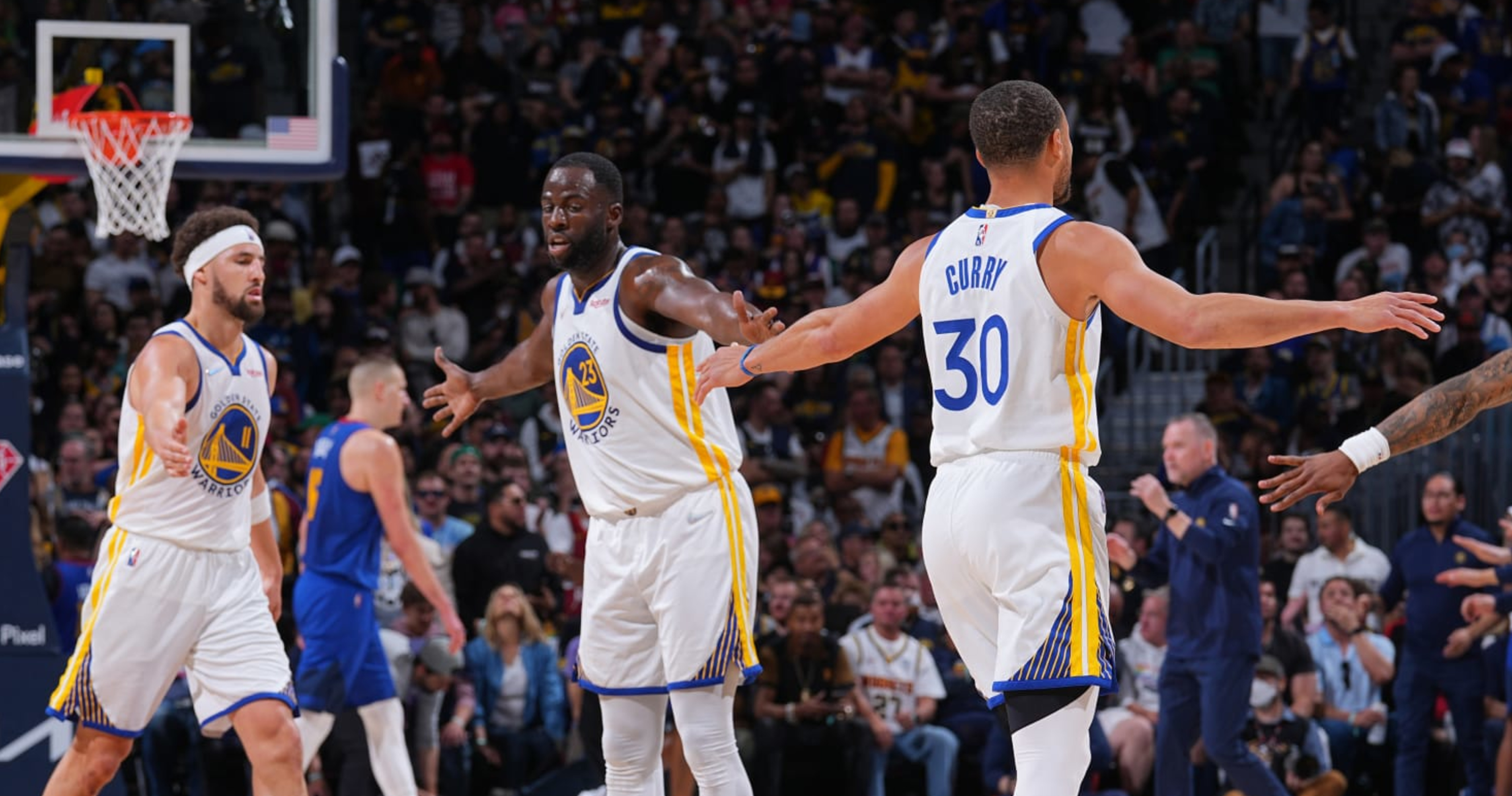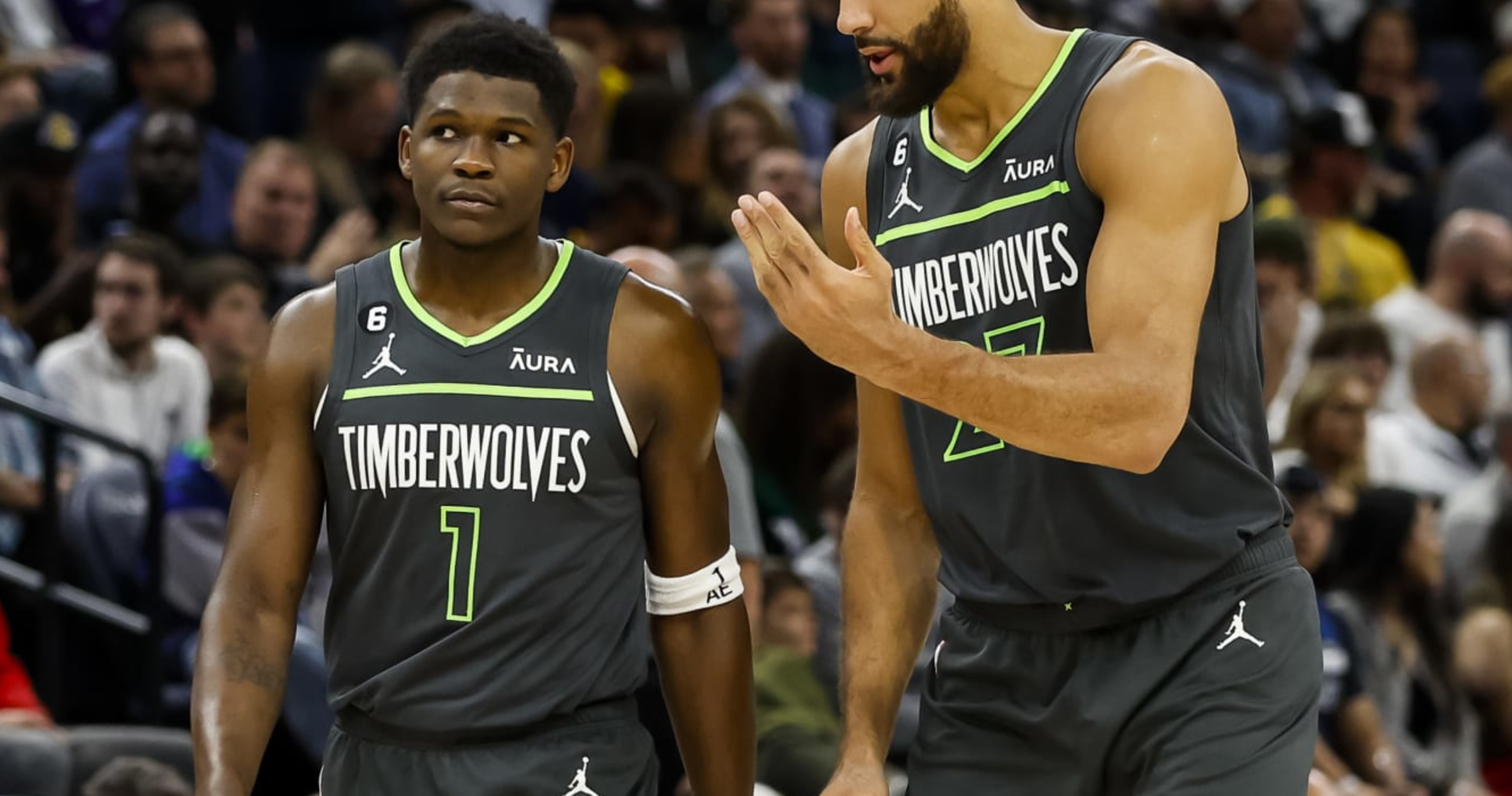Understanding The Importance Of NBA Starting Lineups
In the dynamic world of basketball, the selection of NBA starting lineups is a crucial element that significantly influences the outcome of every game. Coaches meticulously choose five players to begin the match, each bringing a unique set of skills and strategies to the court. Whether you are an avid fan or just beginning to explore the NBA, comprehending the intricacies of starting lineups is essential for appreciating the complexities of basketball.
The concept of starting lineups has seen substantial evolution over the years. Modern teams prioritize versatility, athleticism, and tactical flexibility when assembling their starting five. This strategic approach not only enhances gameplay but also enables teams to adapt to various opponents and scenarios, ensuring they remain competitive throughout the season.
As we delve deeper into this subject, you will gain valuable insights into the strategies employed in selecting starting lineups, the profound impact they have on gameplay, and how they contribute to the overall success of a team. Let’s embark on this journey to explore the captivating world of NBA starting lineups!
Read also:Rodney Terry A Comprehensive Overview
Table of Contents
- Profiles of Key Players
- The Transformation of NBA Starting Lineups
- The Roles and Responsibilities in Starting Lineups
- Strategies Involved in Selecting Starting Lineups
- The Influence of Starting Lineups on Game Dynamics
- Statistical Insights into Starting Lineups
- Diverse Approaches to Starting Lineups Across Teams
- Challenges in Maintaining Consistent Starting Lineups
- The Future Landscape of NBA Starting Lineups
- Conclusion
Profiles of Key Players
Understanding NBA starting lineups also involves gaining familiarity with the key players who frequently occupy these critical positions. Below is an overview of some of the most prominent players and their significant contributions to their respective teams:
Biodata of Key Players
| Player Name | Position | Team | Career Points | Rebounds | Assists |
|---|---|---|---|---|---|
| LeBron James | Forward | Los Angeles Lakers | 38,000 | 10,000 | 10,000 |
| Stephen Curry | Guard | Golden State Warriors | 21,000 | 4,000 | 5,000 |
| Nikola Jokic | Center | Denver Nuggets | 15,000 | 7,000 | 5,000 |
The Transformation of NBA Starting Lineups
Throughout the decades, NBA starting lineups have witnessed remarkable transformations. Initially, teams adhered strictly to traditional positions—point guard, shooting guard, small forward, power forward, and center. However, contemporary basketball has embraced positionless play, where players are expected to exhibit versatility and adapt to multiple roles seamlessly.
This shift has been propelled by advancements in analytics and the growing importance of three-point shooting. Teams now prioritize players capable of stretching the floor, defending various positions, and contributing significantly both offensively and defensively.
The Roles and Responsibilities in Starting Lineups
Each member of an NBA starting lineup is assigned specific roles and responsibilities that align with the team's overall strategy. Below are some of the pivotal roles:
- Point Guard: Often referred to as the "floor general," the point guard orchestrates the offense and initiates plays, ensuring the team's attack flows smoothly.
- Shooting Guard: Known for their scoring prowess, shooting guards are tasked with creating scoring opportunities for themselves and facilitating plays for their teammates.
- Small Forward: Versatility defines the small forward, who must excel in scoring, rebounding, and defending, making them an integral part of the team's strategy.
- Power Forward: Typically a formidable presence near the basket, power forwards focus on rebounding and scoring close to the hoop, anchoring the team's offensive efforts.
- Center: As the cornerstone of the team's defense, centers are responsible for protecting the rim and providing a robust physical presence, deterring opposing players from scoring easily.
Strategies Involved in Selecting Starting Lineups
Factors Influencing Lineup Selection
Selecting an NBA starting lineup entails careful consideration of numerous factors, including:
- Opponent Analysis: Coaches meticulously study their opponents to identify optimal matchups and devise effective counter-strategies.
- Player Chemistry: Ensuring that players collaborate effectively on and off the court is vital for achieving success and maintaining cohesion within the team.
- Injury Status: Injuries can compel coaches to modify their lineups, occasionally resulting in unforeseen yet highly effective combinations that surprise opponents.
Moreover, teams may leverage advanced analytics to identify the most effective lineups by analyzing historical performance data, enabling them to make data-driven decisions.
Read also:Texas Vs Xavier Prediction A Comprehensive Analysis
The Influence of Starting Lineups on Game Dynamics
The starting lineup establishes the tone for the game and can profoundly impact its outcome. A well-balanced lineup can control the tempo of the game, dominate the boards, and generate scoring opportunities, giving the team a competitive edge. In contrast, a poorly matched lineup may struggle to keep pace with the opponent, leading to early deficits that are challenging to overcome.
Statistical Insights into Starting Lineups
Statistical analysis plays a crucial role in assessing the effectiveness of NBA starting lineups. Metrics such as net rating, offensive rating, and defensive rating provide valuable insights into a lineup's strengths and weaknesses, helping teams refine their strategies.
For instance, the Golden State Warriors' starting lineup, featuring Stephen Curry, Klay Thompson, Draymond Green, Andrew Wiggins, and Kevon Looney, has consistently ranked among the best in the league, boasting a net rating of +10 or higher in recent seasons, underscoring their dominance on the court.
Diverse Approaches to Starting Lineups Across Teams
Small Ball Lineups
Some teams, like the Houston Rockets, have embraced small ball lineups by substituting traditional centers with more agile players. This innovative approach emphasizes speed and three-point shooting, often catching opponents off guard and disrupting their defensive strategies.
Big Man Lineups
Conversely, teams such as the Los Angeles Lakers may opt for big man lineups, leveraging the size and strength of players like Anthony Davis and LeBron James to dominate the paint and establish a formidable interior presence.
Challenges in Maintaining Consistent Starting Lineups
Maintaining consistent starting lineups poses significant challenges due to factors such as injuries, player rotations, and trade deadlines. Coaches must remain adaptable and prepared to make necessary adjustments as circumstances dictate.
Furthermore, player development and the emergence of new talent can influence lineup decisions. Young players may earn starting positions based on their exceptional performance, leading to veteran players transitioning into reserve roles and reshaping team dynamics.
The Future Landscape of NBA Starting Lineups
As the NBA continues to evolve, starting lineups are expected to become even more dynamic and adaptable. The increasing emphasis on analytics, player tracking technology, and player development will shape how teams approach lineup decisions, fostering innovation and enhancing competitiveness.
Additionally, the globalization of basketball has introduced a wealth of talent from around the world, further diversifying the pool of potential starting players and enriching the league's landscape.
Conclusion
In summary, NBA starting lineups are a critical component of basketball strategy, significantly influencing game outcomes and team success. By understanding the roles, strategies, and challenges associated with selecting starting lineups, fans can develop a deeper appreciation for the intricacies of the sport and the tactical brilliance involved in its execution.
We invite you to share your thoughts in the comments section below and to disseminate this article with fellow basketball enthusiasts. For further insights into the world of basketball, explore our additional articles and stay informed about the latest trends in the NBA!
Data and insights are sourced from reputable platforms such as ESPN, NBA.com, and Basketball-Reference.com, ensuring the accuracy and reliability of the information presented.


